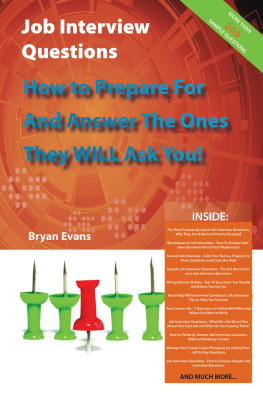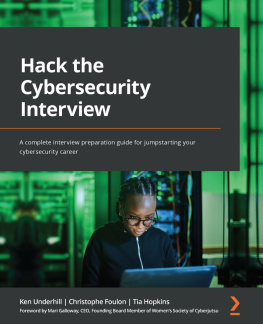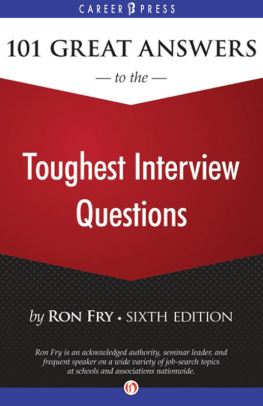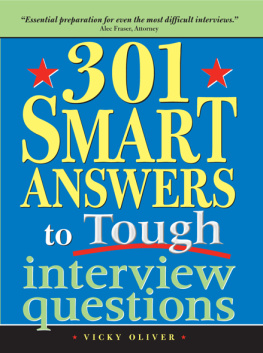SHLOMO KASHANI
DEEP LEARNING INTERVIEWS
By Shlomo Kashani, M.Sc, QMUL, UK.
Published by Shlomo Kashani, Tel-Aviv, ISRAEL.
Visit: http://www.interviews.ai
Copyright, 2020
This book is protected by copyright.
No part may be reproduced in any manner without written permission from the publisher.
Printing version: VER . 7 TH D ECEMBER 2020
Printed in the United States of America .
Library of Congress Cataloging-in-Publication Data
A catalog record for this book is available from the Library of Congress
COPYRIGHT.
2016-2012 Shlomo Kashani,
LL RIGHTS RESERVED . No part of this publication may be reproduced, stored in a retrieval system, or transmitted in any form or by any means, electronic, mechanical, photocopying, recording, scanning, or otherwise, except as permitted under Section 107 or 108 of the 1976 United States Copyright Act, without the prior written permission of the Publisher.
IMIT OF L IABILITY /D ISCLAIMER of Warranty. While the publisher and author have used their best efforts in preparing this book, they make no representations or warranties with respect to the accuracy or completeness of the contents of this book and specifically disclaim any implied warranties of merchantability or fitness for a particular purpose. No warranty may be created or extended by sales representatives or written sales materials. The advice and strategies contained herein may not be suitable for your situation. You should consult with a professional where appropriate. Neither the publisher nor author shall be liable for any loss of profit or any other commercial damages, including but not limited to special, incidental, consequential, or other damages.
OTICES. Knowledge and best practice in this field are constantly changing. As new research and experience broaden our understanding, changes in research methods, professional practices, or medical treatment may become necessary. Practitioners and researchers must always rely on their own experience and knowledge in evaluating and using any information, methods, compounds, or experiments described herein. In using such information or methods they should be mindful of their own safety and the safety of others, including parties for whom they have a professional responsibility. To the fullest extent of the law, neither the Publisher nor the authors, contributors, or editors, assume any liability for any injury and/or damage to persons or property as a matter of products liability, negligence or otherwise, or from any use or operation of any methods, products, instructions, or ideas contained in the material herein.
FOREWORD.
We will build a machine that will fly .
Joseph Michael Montgolfier, French Inventor/Aeronaut (1740-1810)
EEP learning interviews are technical, dense, and thanks to the fields competitiveness, often high-stakes. The prospect of preparing for one can be daunting, and the fear of failure can be paralyzing and many interviewees find their ideas slipping away alongside their confidence.
This book was written for you: an aspiring data scientist with a quantitative background, facing down the gauntlet of the interview process in an increasingly competitive field. For most of you, the interview process is the most significant hurdle between you and a dream job. Even though you have the ability, the background, and the motivation to excel in your target position, you might need some guidance on how to get your foot in the door.
Though this book is highly technical it is not too dense to work through quickly. It aims to be comprehensive, including many of the terms and topics involved in modern data science and deep learning. That thoroughness makes it unique; no other single work offers such breadth of learning targeted so specifically at the demands of the interview.
Most comparable information is available in a variety of formats, locations, structures, and resourcesblog posts, tech articles, and short books scattered across the internet. Those resources are simply not adequate to the demands of deep learning interview or exam preparation and were not assembled with this explicit purpose in mind. It is hoped that this book does not suffer the same shortcomings.
HIS books creation was guided by a few key principles: clarity and depth, thoroughness and precision, interest and accuracy. The volume was designed for use by job seekers in the fields of machine learning and deep learning whose abilities and background locate them firmly within STEM (science, technology, engineering, and mathematics). The book will still be of use to other readers, such as those still undergoing their initial education in a STEM field.
However, it is tailored most directly to the needs of active job seekers and students attending M.Sc/Ph.D programmes in AI . It is, in any case, a book for engineers, mathematicians, and computer scientists: nowhere does it include the kind of very basic background material that would allow it to be read by someone with no prior knowledge of quantitative and mathematical processes.
The books contents are a large inventory of numerous topics relevant to deep learning job interviews and graduate level exams. Ideas that are interesting or pertinent have been excluded if they are not valuable in that context. That places this work at the forefront of the growing trend in education and in business to emphasize a core set of practical mathematical and computational skills. It is now widely understood that the training of every computer scientist must include a course dealing with the fundamental theorems of machine learning in a rigorous manner; Deep Learning appears in the curriculum of nearly every university; and this volume is designed as a convenient ongoing reference for graduates of such courses and programs.
The book is grounded in both academic expertise and on-the-job experience and thus has two goals. First, it compresses all of the necessary information into a coherent package. And second, it renders that information accessible and makes it easy to navigate. As a result, the book helps the reader develop a thorough understanding of the principles and concepts underlying practical data science. None of the textbooks I read met all of those needs, which are:
















